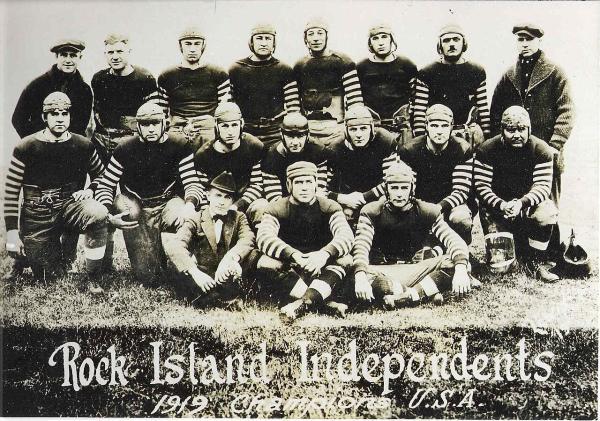Our Top 10 articles
- Details

I Like Illinois is a one stop shop to see all the great things Illinois has to offer. Regularly sharing artists, inventions or activities, we have enjoyed highlighting what we like about Illinois.
As 2024 comes to an end, we wanted to share our top 10 articles! From cicadas to artists, check out what you loved about Illinois this year:
Snow parks in Illinois
- Details
 Though not as snowy as states like Wisconsin and Colorado, Illinois is still a northern state and the ground turns white several times a year. Whether you’re with your friends or family, Illinois has many snow parks to enjoy during the wintery months. Whether you’re into sledding, tubing, or throwing snowballs, this list of snow parks is sure to fill your winter recreation needs:
Though not as snowy as states like Wisconsin and Colorado, Illinois is still a northern state and the ground turns white several times a year. Whether you’re with your friends or family, Illinois has many snow parks to enjoy during the wintery months. Whether you’re into sledding, tubing, or throwing snowballs, this list of snow parks is sure to fill your winter recreation needs:
Alpine Hills Adventure Park (Rockford)
Polar Peak's tubing lanes stay snowy all season thanks to snowmakers. A conveyor lift whisks you back to the top, so you can enjoy run after run without the hike.
Alpine Hills Adventure Park & Golf Center | Enjoy Illinois | Enjoy Illinois
Mount Hoy (Blackwell Forest Preserve)
Join the weekend fun when snow blankets this natural hill. Inner tubes are available for rent on-site, making it a convenient and affordable winter outing.
Artist of the Month: Bob Fosse
- Details

Are you a Broadway fan? Then you might be surprised to know that famous performer and choreographer, Bob Fosse, was from Illinois!
Born and raised in Chicago, Fosse was drawn to dance at a young age. Starting at age 13, he had the opportunity to perform professionally in Chicago with Charles Grass as the Riff Brothers. Their performances toured venues across Chicago, as well as USO theaters and Eagles Clubs.
First NFL Game Played in Rock Island, Illinois
- Details

With the Bears headed for another losing season, Illinois football fans may be looking for some uplifting sports information in these trying times.
What most football fans may not know is that the first NFL game in history was played in Rock Island, Illinois. The game, played at Douglas Park, was held on Sept. 26, 1920 between the Rock Island Independents and the St. Paul Ideals. The Rock Island Independents hosted and won in a blowout 48 points to 0.
Haven’t heard of these teams? Most folks haven’t. Only two of the original NFL teams still exist. The Chicago Cardinals, now the Arizona Cardinals, and the Decatur Staleys, who are now the Chicago Bears. The matchup in Rock Island followed decades of Illinois high school and college play in the late 1800s. There were other professional leagues that existed prior to the NFL, with many teams participating from Illinois. The rest is history as football went on to become an American tradition watched enthusiastically by millions today.



